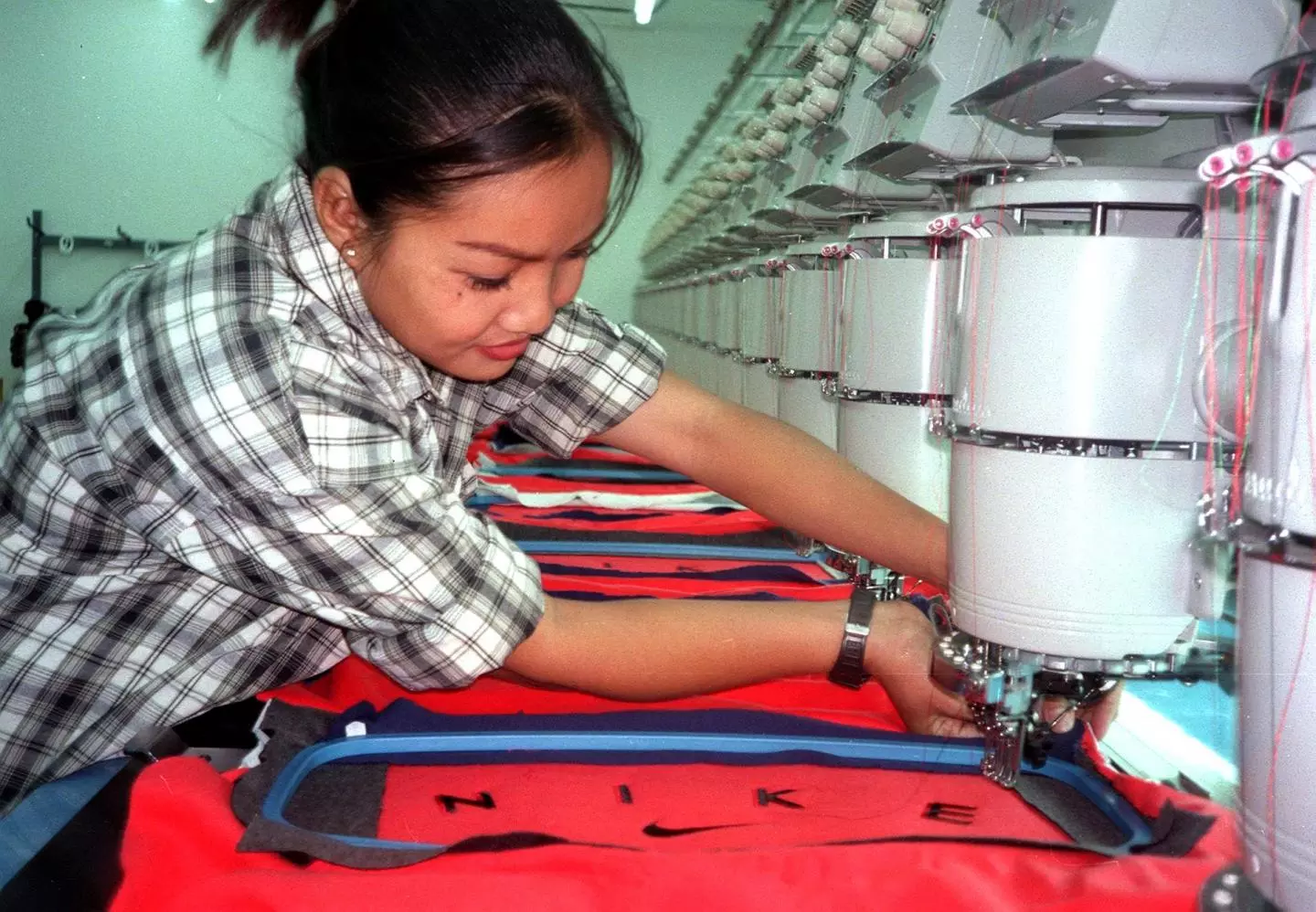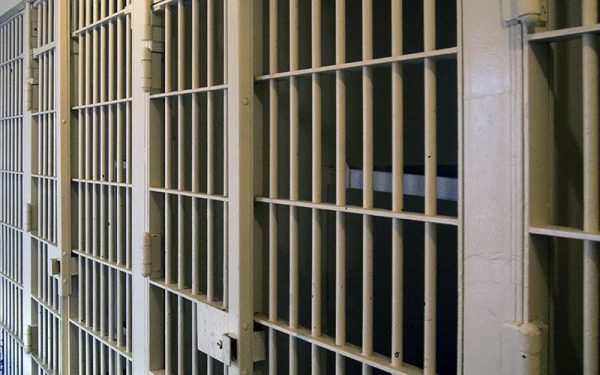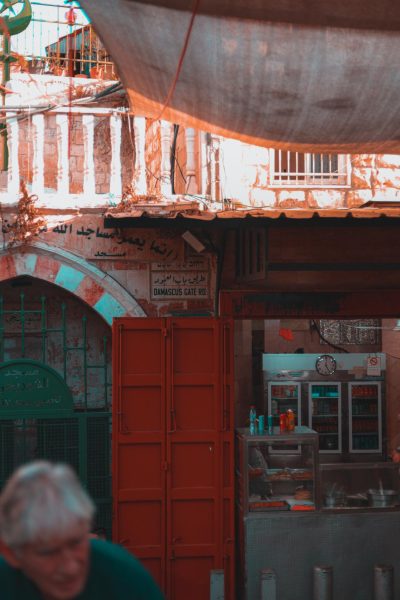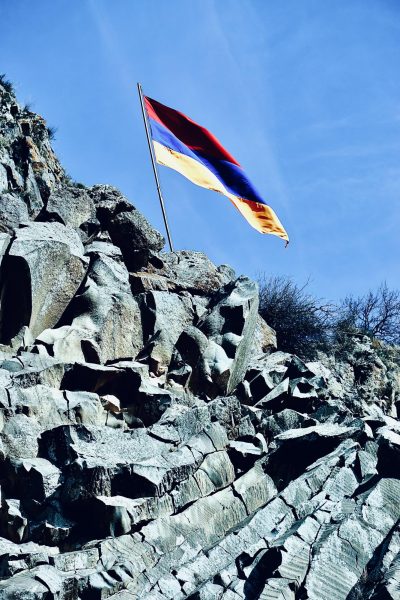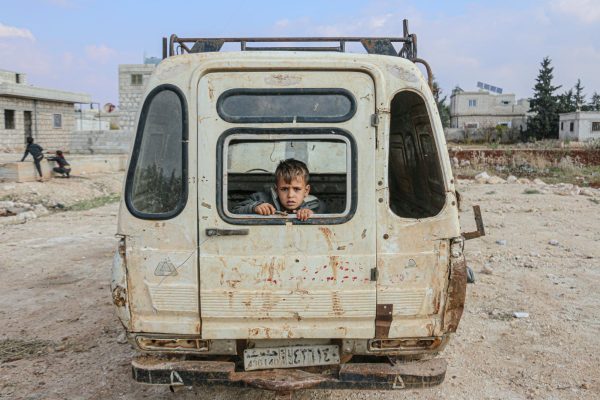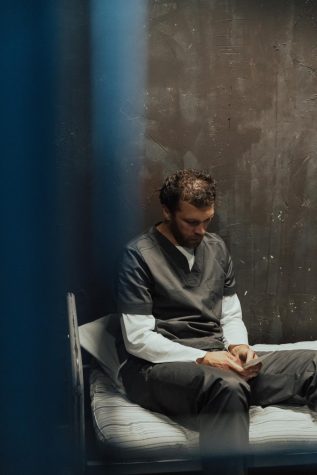Condition of Nike Workers Questioned Amidst Kaepernick Ad Controversy
Following the controversy of Nike’s new ad, which featured Colin Kaepernick, people have begun to bring up another problem with the company: the conditions of the workers.
Colin Kaepernick, a former quarterback for the San Francisco 49ers, received backlash by Donald Trump and many of his supporters after he knelt during the national anthem to protest racial injustice during the 2016 NFL season. He has since been dropped from the team.
With the President himself voicing his disgust over the new ad, his supporters have shared videos and photos of themselves burning their Nike products in protest, though it did little in keeping Nike sales down. After the company recovered from a 3% sales drop, Nike sales jumped up by 31% thanks to the campaign’s popularity.
Although the controversy surrounding the advertisement has raised much debate and conflict between opposing viewers, people have begun to bring up the lesser known controversy: the conditions of the Nike workers. Ever since the ad was first released to the public, many popular social media platforms such as Instagram, people have questioned why the ad is provoking such controversy when people should instead be focusing on the problems that lay beneath the surface. Questions as to the conditions of the Nike workers in Asia specifically have been raised after low wages, long hours, and poor working conditions were discovered in Nike headquarters. According to the Clean Clothes Campaign (CCC), “In the three southeast Asian nations, average earnings for garment workers are 45 to 65 percent below the so-called ‘living wage.’” The low wages given to these workers leaves them trapped in a cycle of poverty that many can’t escape from.
Aside from the poor salary provided to these workers, the conditions in which they work are more than questionable. According to The Guardian, Union representatives and workers stated that many of the employees “work 10 hours a day and six days a week, with factory temperatures sometimes soaring into the high 90s.” Workers in Cambodia have even been hospitalized after passing out due to the poor conditions.
With the turmoil from the campaign dying down, the poor treatment of the Nike workers has yet to be questioned further or changed.

